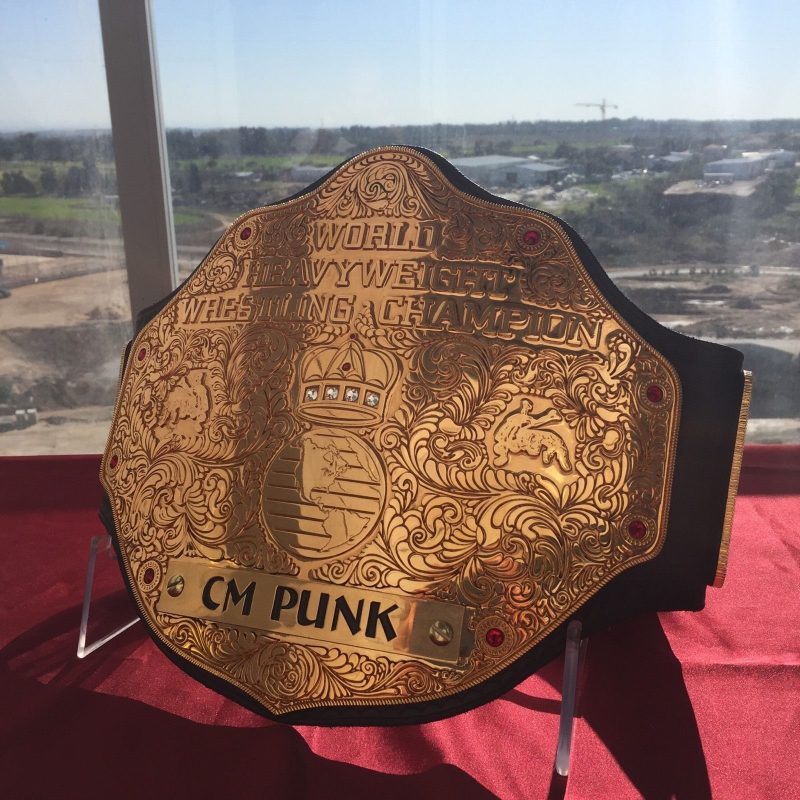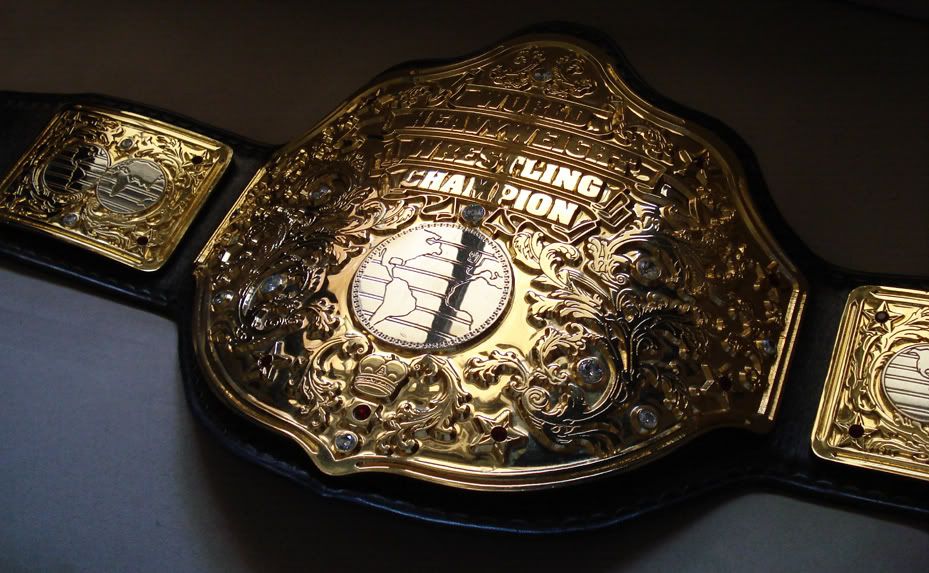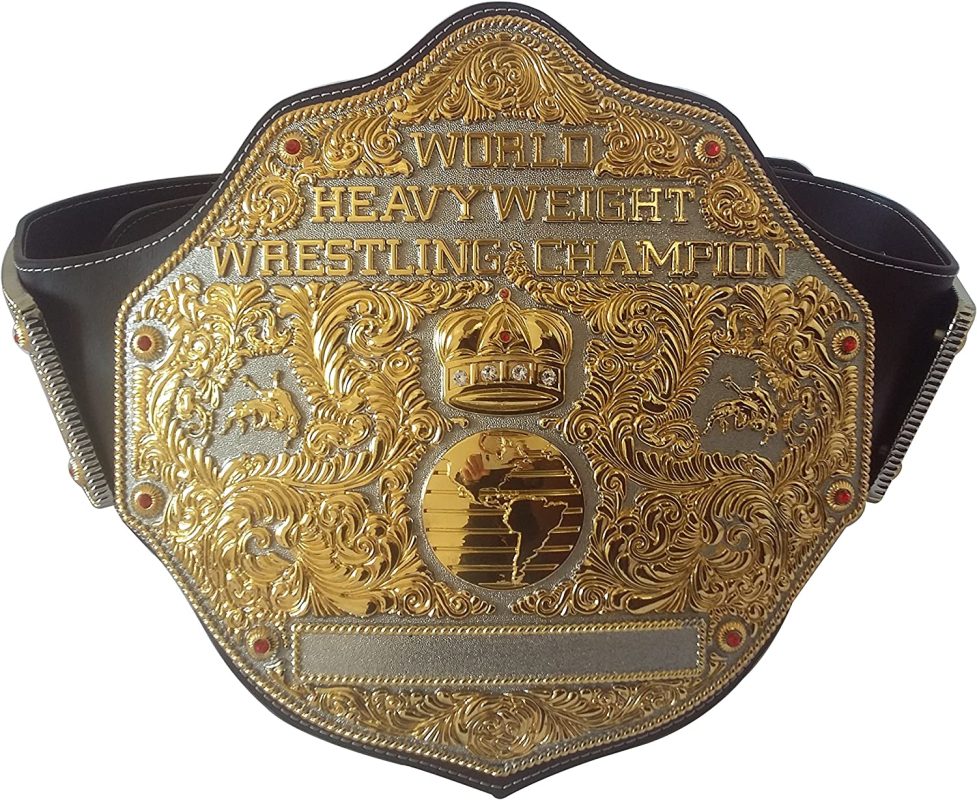General
Unveiling the Truth: The Real Story Behind Championship Belts and Gold Plating
Have you ever wondered what goes into creating those shiny championship belts you see athletes hoisting in victory? Perhaps you’ve even caught yourself admiring the gleaming gold plating and intricate designs. But have you ever stopped to consider the story behind these coveted symbols of athletic excellence? The truth is, there’s much more to are championship belts real gold than meets the eye.
From the origins of the tradition to the meticulous craftsmanship that goes into each individual piece, there’s a rich history and fascinating process behind every championship belt. And what about the gold plating? Is it really worth its weight in the precious metal? In this article, we’ll delve into the secrets behind championship belts and gold plating, and uncover the truth behind these iconic symbols of sporting achievement. Get ready to be amazed!
Table of Content:

The history of championship belts:
The history of championship belts dates back to the bare-knuckle boxing era of the 1800s. Back then, the champion of a fight would often be awarded a belt as a trophy. These early belts were simple, made of leather, and not much to look at.
However, they soon evolved into more elaborate designs, featuring precious metals, jewels, and intricate engravings. The first major sporting organization to introduce a championship belt was the World Boxing Association (WBA) in 1920. Since then, championship belts have become a staple of many different sports, including wrestling, martial arts, and even esports.
Despite their widespread use, the design and style of championship belts has remained largely unchanged over the years. Many belts feature a large center plate, which is often gold-plated and engraved with the name of the sport and the organization that awards the belt. The center plate is then surrounded by smaller plates, featuring the names of past champions or notable athletes in the sport. The overall design of the belt can vary widely, with some belts featuring intricate designs and others opting for a more minimalist look.

What makes a championship belt valuable?:
Championship belts are highly valued due to their association with athletic excellence and the prestige of winning a major competition. However, not all championship belts are created equal. The value of a championship belt can depend on a number of factors, including the sport it represents, the level of competition, and the history behind the belt. For example, a championship belt awarded to a heavyweight boxing champion is likely to be more valuable than a belt awarded to a lesser-known wrestler.
In addition to their association with athletic achievement, championship belts can also be valuable due to their materials and craftsmanship. Many belts feature gold plating, which can add significant value to the piece. Some belts also feature precious gems or intricate engravings, which can further increase their value. The overall quality of the craftsmanship and design can also play a role in determining the value of a championship belt.
The process of creating a championship belt:
The process of creating a championship belt is a highly involved and meticulous process. It typically begins with a design phase, where the overall look and feel of the belt is determined. This can involve sketching out different ideas, consulting with athletes and coaches, and creating 3D models of the final design.
Once the design has been finalized, the belt is typically crafted by skilled artisans using a combination of traditional and modern techniques. The materials used can vary widely, depending on the desired look and feel of the belt. Some belts are made entirely of leather, while others may feature gold plating, precious gems, or other materials.
The final step in the process is often the engraving of the center plate and other smaller plates on the belt. This can involve highly detailed engraving work, often done by hand, to ensure that the names and designs are precisely etched onto the metal. The end result is a highly detailed and intricate piece of art that represents the pinnacle of athletic achievement.

The different types of gold plating:
Gold plating is a common feature of many championship belts, adding a sense of luxury and prestige to the piece. However, not all gold plating is created equal. There are a variety of different types of gold plating, each with its own pros and cons.
One of the most common types of gold plating is electroplating, which involves using an electric current to bond a thin layer of gold onto the surface of the metal. This is often the most affordable option, but the gold layer can be quite thin and may wear off over time.
Another option is gold leafing, which involves applying a thin layer of real gold foil onto the surface of the metal. This can create a highly reflective and durable finish, but can be more expensive than electroplating.
Finally, some championship belts may feature solid gold plates, which are often the most valuable and prestigious option. However, these belts can be extremely expensive due to the high cost of gold and the amount of labor involved in creating the piece.
The cost of a championship belt:
The cost of a championship belt can vary widely, depending on a number of factors. Some belts may be relatively affordable, while others can cost tens of thousands of dollars or more. The cost can depend on the materials used, the level of craftsmanship, the complexity of the design, and the prestige of the competition.
For example, a basic championship belt made of leather with a simple design may cost a few hundred dollars, while a more elaborate belt featuring gold plating and precious gems can cost tens of thousands of dollars or more. Belts awarded at major competitions such as the Olympics or World Cup can also be highly valuable due to their association with these prestigious events.

The stories behind some famous championship belts:
Many championship belts have fascinating stories behind them, from the athletes who won them to the craftsmanship that went into creating them. One famous example is the WWE championship belt, which has undergone numerous design changes over the years. The original belt was designed by wrestler Reggie Parks in the 1980s and featured a distinctive eagle design. The belt has since been updated several times, with new designs reflecting the changing nature of the sport and the tastes of the fans.
Another famous championship belt is the Green Jacket awarded to the winner of the Masters golf tournament. The jacket was first introduced in 1949 and has since become one of the most coveted prizes in golf. The jacket is made of Augusta National green wool and features gold buttons with the tournament logo.
The future of championship belts:
Despite their long history, championship belts are constantly evolving and changing with the times. In recent years, there has been a trend towards more minimalist and modern designs, reflecting the changing tastes of fans and athletes. Many belts now feature sleek, streamlined designs and bold colors, rather than the intricate engravings and gold plating of the past.
There has also been a greater emphasis on sustainability and eco-friendliness in the creation of championship belts. Many belts are now made using recycled materials or sustainable production methods, reducing their environmental impact.

Misconceptions about championship belts and gold plating:
There are many misconceptions about championship belts and gold plating, often perpetuated by popular culture and media. One common misconception is that all championship belts are made of solid gold, when in fact many belts are made of more affordable materials such as leather or brass.
Another misconception is that gold plating is the most valuable aspect of a championship belt. While gold plating can add significant value to a piece, there are many other factors that can impact the value of a championship belt, including the level of competition, the history of the belt, and the quality of the craftsmanship.
The controversy around championship belts:
While championship belts are generally seen as symbols of athletic achievement and prestige, they have also been the subject of controversy over the years. Some critics argue that the emphasis on belts and trophies takes away from the true spirit of sportsmanship and competition, turning athletes into mere commodities.
Others have criticized the high cost of championship belts, arguing that the money spent on these pieces could be better directed towards supporting athletes or promoting the sport. There have also been concerns about the environmental impact of championship belts, particularly those featuring precious metals and gems.

Conclusion:
Championship belts are much more than just shiny symbols of athletic achievement. They represent a rich tradition dating back to the early days of bare-knuckle boxing, and continue to be an important part of many different sports today. From the intricate craftsmanship and design to the association with prestige and excellence, championship belts are truly one-of-a-kind pieces of art.
And while there may be controversy and misconceptions surrounding these iconic symbols, there’s no denying the impact they have on athletes and fans alike. So the next time you see a championship belt gleaming in victory, take a moment to appreciate the history and craftsmanship behind this iconic symbol of sporting greatness.

